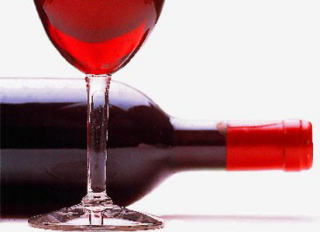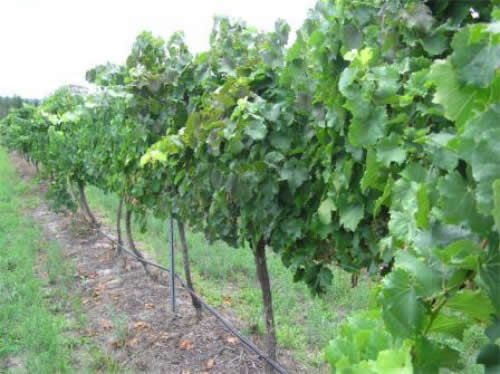

The discovery of America presented new export and wine production opportunities for conquistadors and missionaries, and of course, they took vines with them to the Terra Nova (new lands). Believe it or not English pirates negatively affected the interest of Spanish wine traders, but at the same time they helped to spread the popularity of Spanish wines in England. By stealing large amount of the wines from ships bound to the Americas and then taking it back in to England, they helped to increase the market, and for a time, England became one of the biggest importers of Spanish wine in the world.
In 1587 Francis Drake sacked Cadiz and Martin Frobisher took back to England a load of 3,000 bottles of sherry wine as booty. After this sherry wine enjoyed a huge popularity among the British and in fact is mentioned in many of Shakespeare's plays including, Henry VI, Henry IV and Richard III among others. There were more attempts to sack Cadiz, with no success. If you ever visit a Spanish school in Madrid we advise you to ask the locals where the best sherry is served.
But the conflicts between Spain and England were no joke, and after the Spanish Armada was destroyed by Elizabeth I, Philip II's royal coffers were greatly impoverished. Spain was up to the neck in debts. This meant that the Iberian country became more and more dependent of the income supplied by its colonies, including the wine export to Latin America. So when local wine industries arose in Chile, Argentina and other countries, it was perceived as a threat by the Spanish and Phillip III, finally decreed the prohibition of the vineyards expansion. This ban was very much ignored.

Some varieties of Spanish wines, specifically sherry, rioja and malaga enjoyed great popularity during the 17th and 18th centuries, however it was about to get better. In the 19th century phylloxera annihilated European vineyards, though France suffered the worst of it. The world began lacking French wine, but Spanish wine was available, a fact that consolidated Spanish viticulture.
Some French winemakers came to some of the Northern regions of Spain brining with them varieties from France, including Cabernet Sauvignon and Merlot, that up till today are grown in Rioja and Ribera del Duero.
But phylloxera did not entirely forget Spain and it devastates regions such as Malaga and La Rioja in the end of the 19th century and beginning of the 20th century. It's spread slowly due to the large geographical distances between wine regions. When Spain lived through the worst of the epidemic, the remedy to graft North American rhizome in European vines had already been discovered, so the industry suffered a lot less than when it hit France.
However there were more hardships to come. In the 1930's civil war hit Spain which meant that Spanish vineyards were abandoned. And once the Civil War was over Second World War broke out in Europe, which froze the wine markets. Spanish wine would not recover from these setbacks until the 50's.
Only in the 1950's did Spain reach a certain stability that allowed the rebirth of the Spanish wine industry. Several cooperatives were founded. Sherry was rediscovered and the world soon would be craving wines from La Rioja.
When the dictatorship finally fell through, democracy increased economic freedom for wine makers and a new domestic market grew along with the middle class. Between the 60's and 80's a great modernization began, with great emphasis in the production of top quality wines.
Spain entered the European Union in 1986, which brought along economic help to the winemakers, specially in Galicia and La Mancha. The 90's contributed with the end of the restriction in irrigation, which permitted larger efficiency control and more areas to be plated. The volume of quality and production of wines increased and Spain's reputation in the beginning of the 21st century was of a competitive wine producer in the markets of the world.
If you want to find out more about the early history of Spanish wine and the cultivation of grapevines in Spain, why don’t you check out part I of history of wine in Spain.